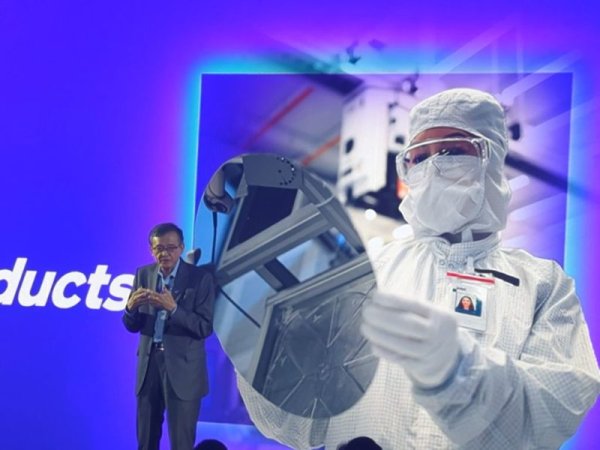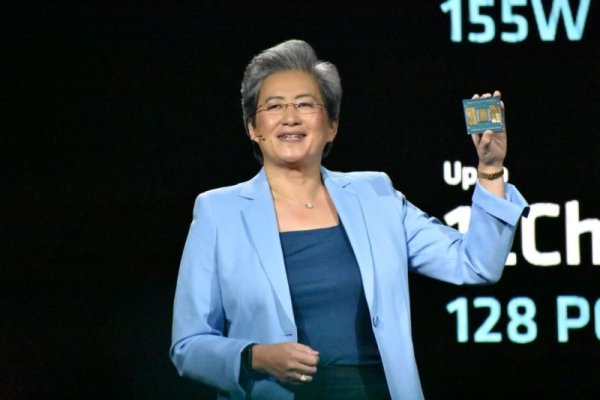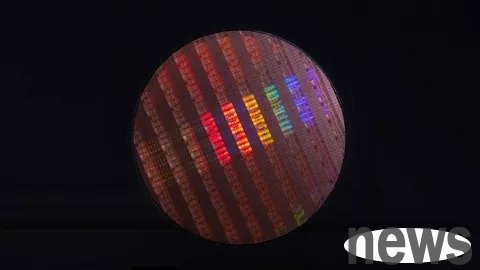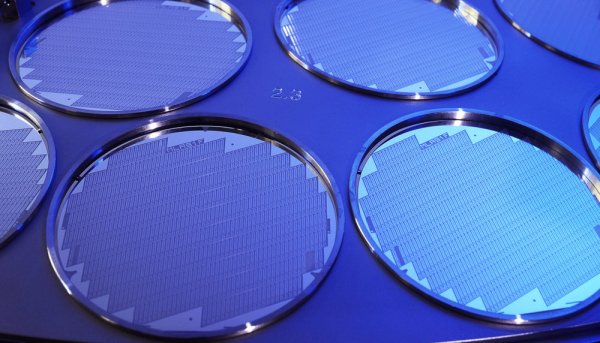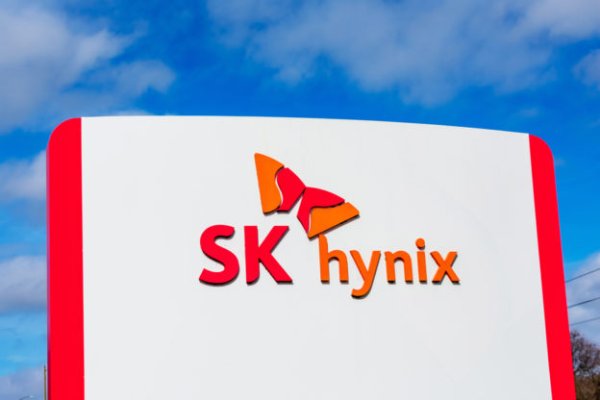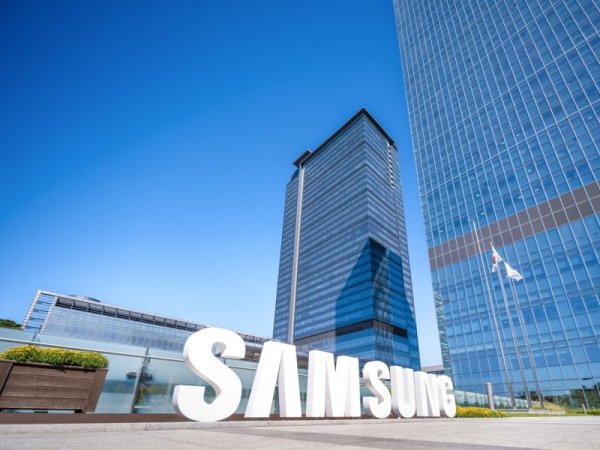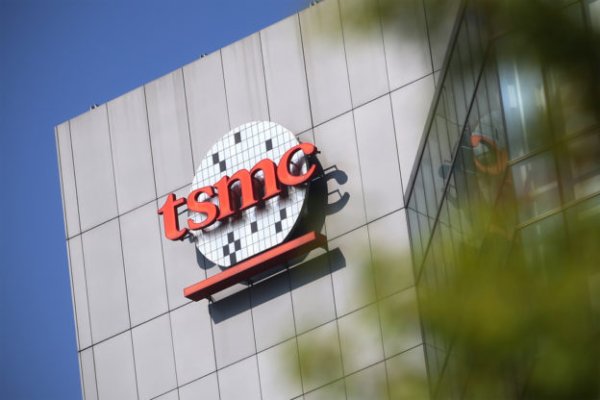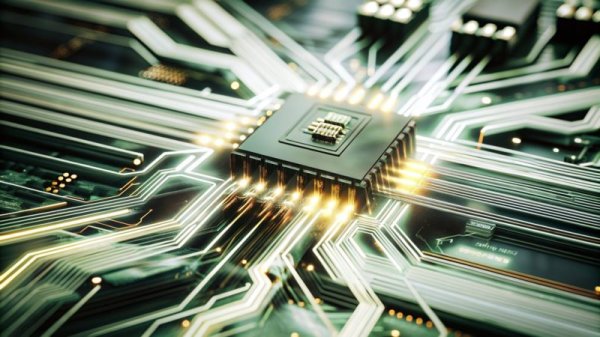Apple is developing seven self-developed chips?
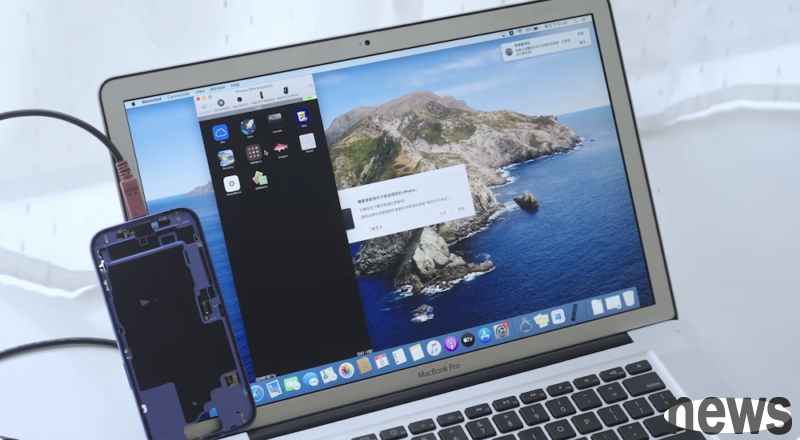
The iPhone 17 series, Mac, Apple Watch and other new products will be unveiled in the second half of the year, and Apple's self-developed chip layout has also entered a new stage. Some developers have released the iOS 18 internal test version on the Chinese audio and video platform Bilibili, which has simultaneously launched at least seven chips that have not yet been published, covering A19, A19 Pro, M5, M5 Pro, new Apple Watch chips, as well as its second-generation 5G data machine C2 and a communication chip Proxima that integrates blue teeth and Wi-Fi.
Based on the exposed program information, the A19 will be applied to the iPhone 17 Air, with the nominal number as Tilos; while the A19 Pro will be applied to the iPhone 17 Pro and Pro Max, with the nominal number Thera, with the system identification code as T8150, which means that high-level models will continue to adopt the partition processor design. This strategy not only strengthens product positioning, but also further strengthens the advantages of Apple's hardware differentiation.
Mac part, Apple is expected to update the 14-inch and 16-inch MacBook Pro series after the iPhone is released, and will be equipped with the new M5 and M5 Pro processors, which are respectively Hidra and Sotra, continuing the chip upgrade rhythm of Apple's on the laptop product line.
Apple Watch plans to introduce the processor of the No. Bora in Series 11, and the code shows that this chip may be developed based on the A18 architecture, which means that Apple will further improve the watch's performance and AI computing capabilities, strengthening its technological leading position in the wearable device market.
Apple is also continuing to expand wireless communication technology. The emergence of Proxima chips means that Apple is planning to integrate blue teeth and Wi-Fi modules into a single chip, which has significant advantages in device space utilization and power management.
In addition, the original code has also found a second-generation self-developed 5G data machine with a modern name C2, which is expected to replace the C1 chip currently used by the iPhone 16e. C2 is expected to be launched on the iPhone 17e model in 2025, showing that Apple has not stopped replacing Qualcomm's reliance on and strengthening its own network solution.
This wave of chip layout not only shows Apple's continuous deepening of vertical integration strategies, but also integrates future performance collaboration, AI applications, and communication technology in multiple devices. With the continuous release of new products in the second half of the year, the market will demonstrate how Apple can use independent chip technology to create a more compact and ecological system-integrated device system.



